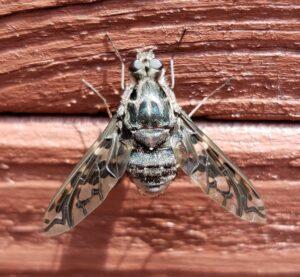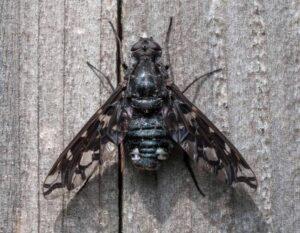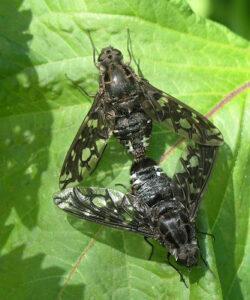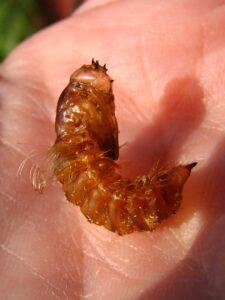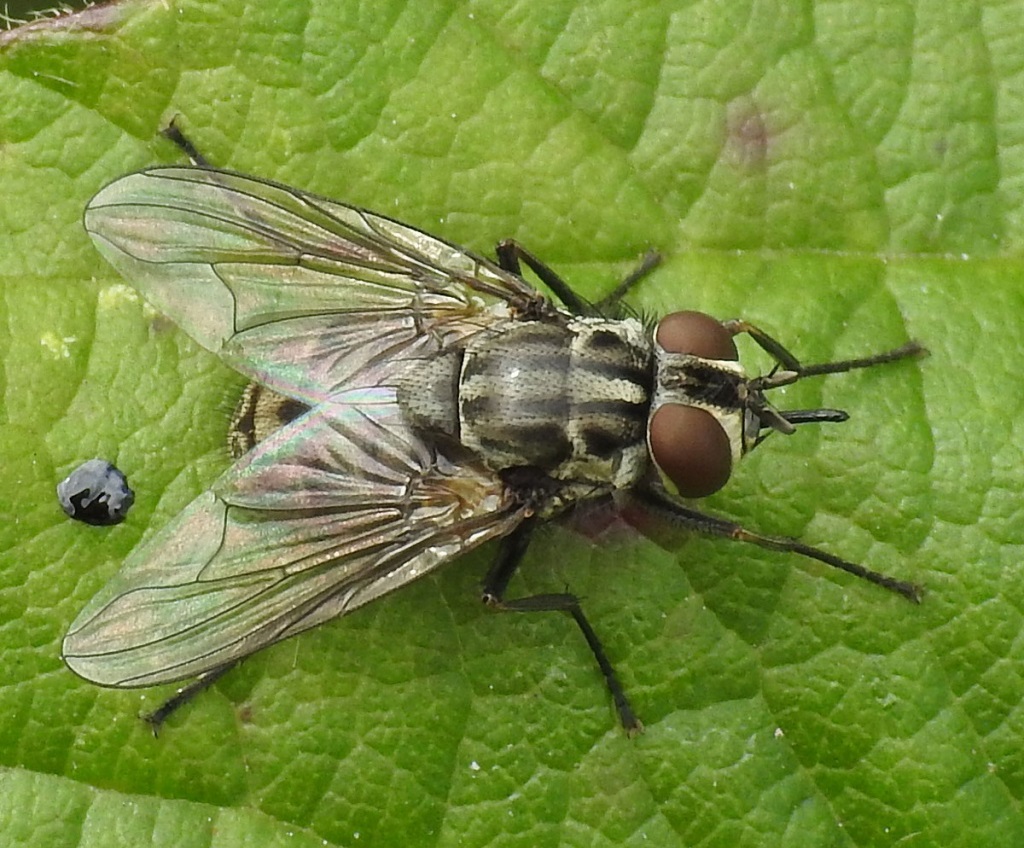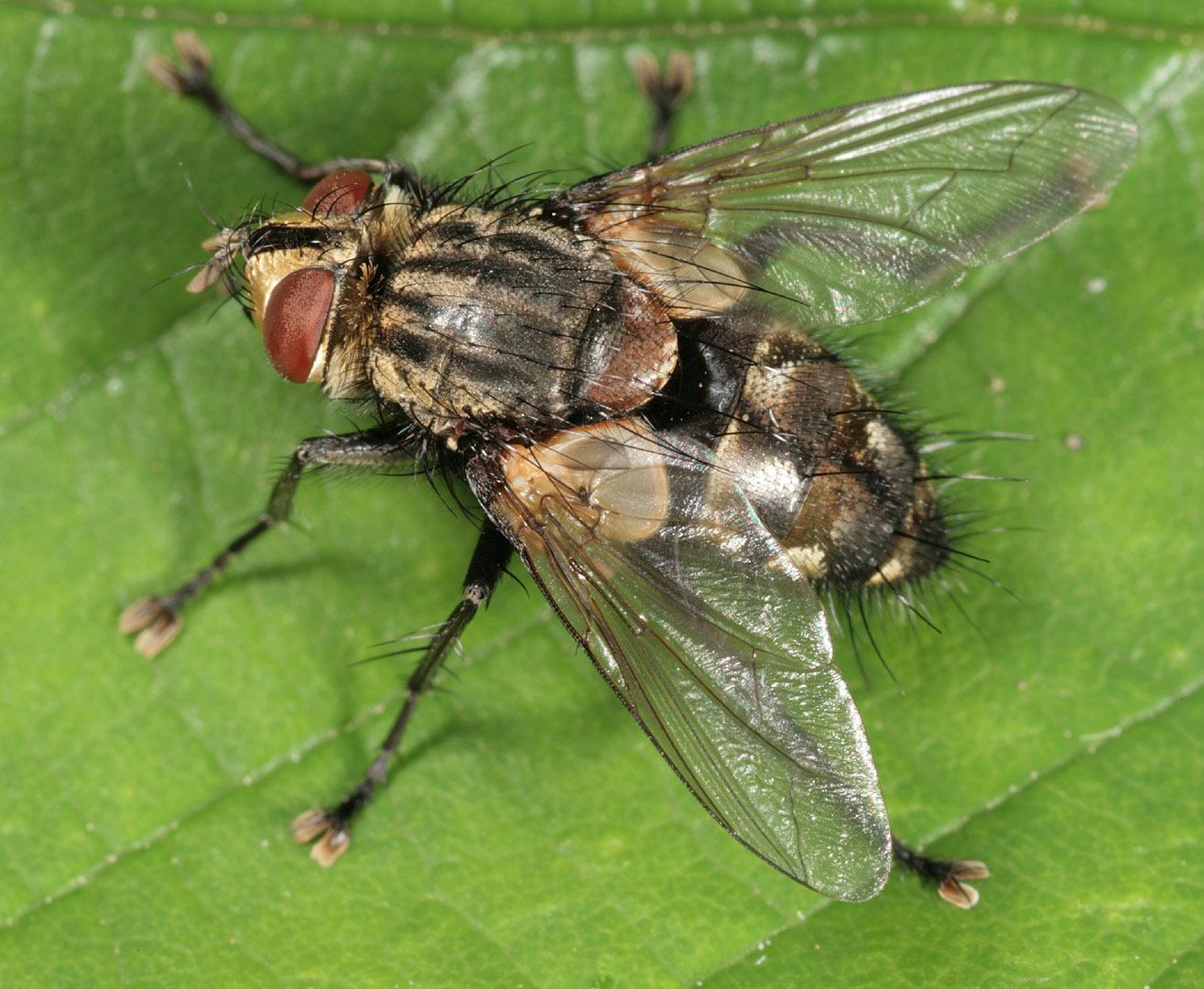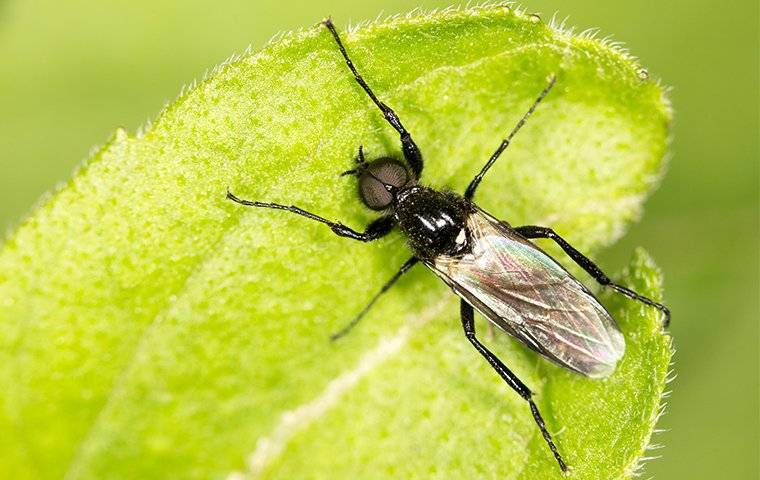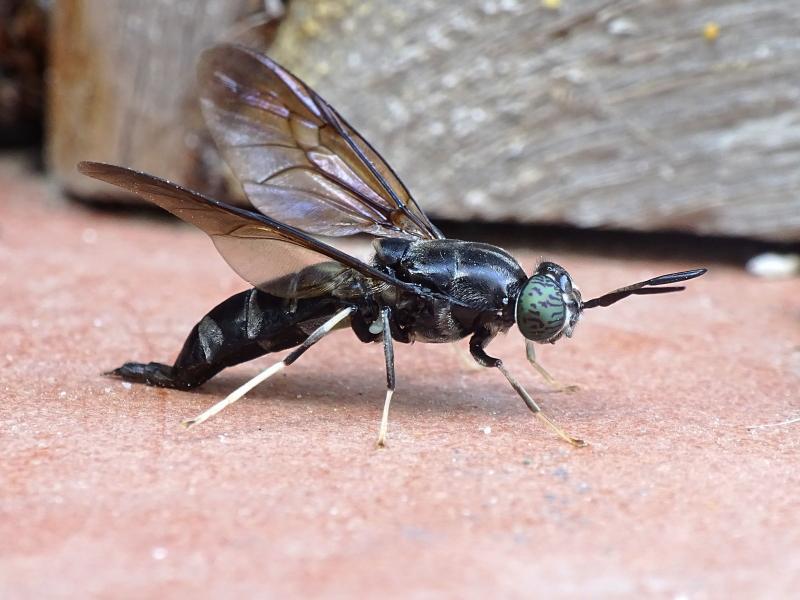Tiger Bee Fly (Xenox tigrinus)
Updated on
17/11/2022The unique pattern on the wings of the tiger bee fly resembles the stripes of a tiger. Hence its name. Its larva is a parasitoid of carpenter bees. In fact, it is the most common parasite of the eastern carpenter bee. So, people plagued with these bees benefit a lot from this fly. It also helps in pollination.
Scientific Classification
- Class:Insecta
- Order:Diptera
- Family:Bombyliidae
- Genus:Xenox
- Species:X. tigrinus
Conservation Status
Description
The size of the fly is in the range of 0.43-0.75 inch (11-19 mm) without its wings and other appendages like legs, antennae, etc. It has a black, fuzzy body with two white spots on its abdomen. The transparent wings have a distinct black pattern. Its color and size make it resemble bees in appearance. This quality helps it to avoid predators.
Distribution: Eastern United States and southern Ontario.
Habitat: Near wooden structures and fences where carpenter bees build their nests.
Do They Bite/Sting: No.
Lifespan: Greater than 2 weeks.
Predators: Crab spiders, ambush bugs.
Behavior and Characteristics
Diet
The adults feed on pollen and sip the nectar of flowers.
Life Cycle
1. Egg Stage
Eggs are laid in carpenter bee nests that are perfectly round holes bored into beams or wooden fence posts.
2. Larva Stage
The larvae feed on the carpenter bee larvae before they are mature enough to escape. They can also wait for the bees to enter the vulnerable pupal stage before consuming them.
3. Pupa Stage
The larvae pupate in soft chambers.
4. Adult Stage
The adults emerge in late summer. The females lay eggs in the nests of carpenter bees. Instead of depositing the eggs inside the nest, the fly lays them near the nest entrance.
FAQs
No, they are fairly common.
No, they don’t bite. Some individuals might display aggressive behavior at times, but the species is harmless to humans.
Source
marylandbiodiversity.com, mdc.mo.gov, flickr.com,




